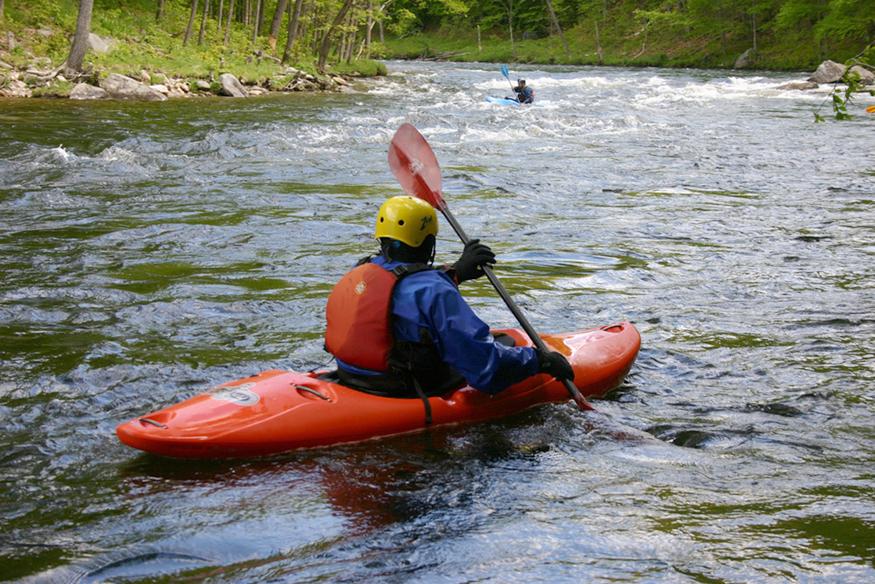Learning Objectives
By the end of this section, you will be able to do the following:
- Calculate relativistic velocity addition
- Explain when relativistic velocity addition should be used instead of classical addition of velocities
- Calculate relativistic Doppler shift
The information presented in this section supports the following AP® learning objectives and science practices:
- 1.D.3.1 The student is able to articulate the reasons that classical mechanics must be replaced by special relativity to describe the experimental results and theoretical predictions that show that the properties of space and time are not absolute. [Students will be expected to recognize situations in which nonrelativistic classical physics breaks down and to explain how relativity addresses that breakdown, but students will not be expected to know in which of two reference frames a given series of events corresponds to a greater or lesser time interval, or a greater or lesser spatial distance; they will just need to know that observers in the two reference frames can “disagree” about some time and distance intervals.] (SP 6.3, 7.1)
If you’ve ever seen a kayak move down a fast-moving river, you know that remaining in the same place would be hard. The river current pulls the kayak along. Pushing the oars back against the water can move the kayak forward in the water, but that only accounts for part of the velocity. The kayak’s motion is an example of classical addition of velocities. In classical physics, velocities add as vectors. The kayak’s velocity is the vector sum of its velocity relative to the water and the water’s velocity relative to the riverbank.





